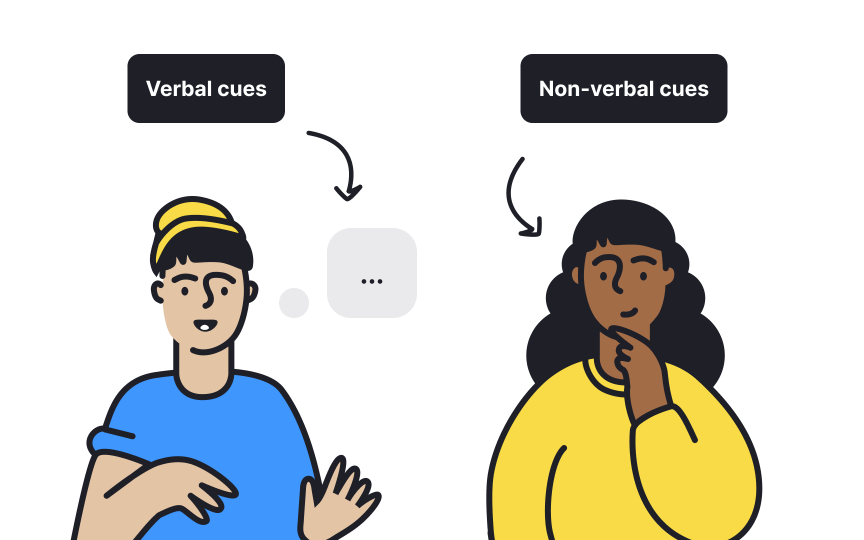Active listening
Active listening involves fully concentrating on, understanding, and responding to speakers rather than passively hearing their words. This skill builds trust and understanding within cross-functional teams, leading to better collaboration and fewer misunderstandings.
Active listening requires focused attention on both verbal and non-verbal cues while suspending judgment. Listen without planning your response, maintain appropriate eye contact, and use subtle nodding or brief verbal acknowledgments to show engagement. These behaviors demonstrate respect and encourage open communication.[1]
Implementation in teams starts with individual practice in one-on-one meetings. Begin by summarizing what others say before responding, using phrases like "What I'm hearing is..." or "Let me make sure I understand..." Resist the urge to rush into sharing your own points; instead, focus on fully comprehending your colleague's perspective. Encourage team members to adopt this approach by modeling it consistently in daily engagements.
Pro Tip: Before responding to a colleague in meetings, take a breath and silently count to 3. This brief pause ensures you're responding thoughtfully rather than reactively.

